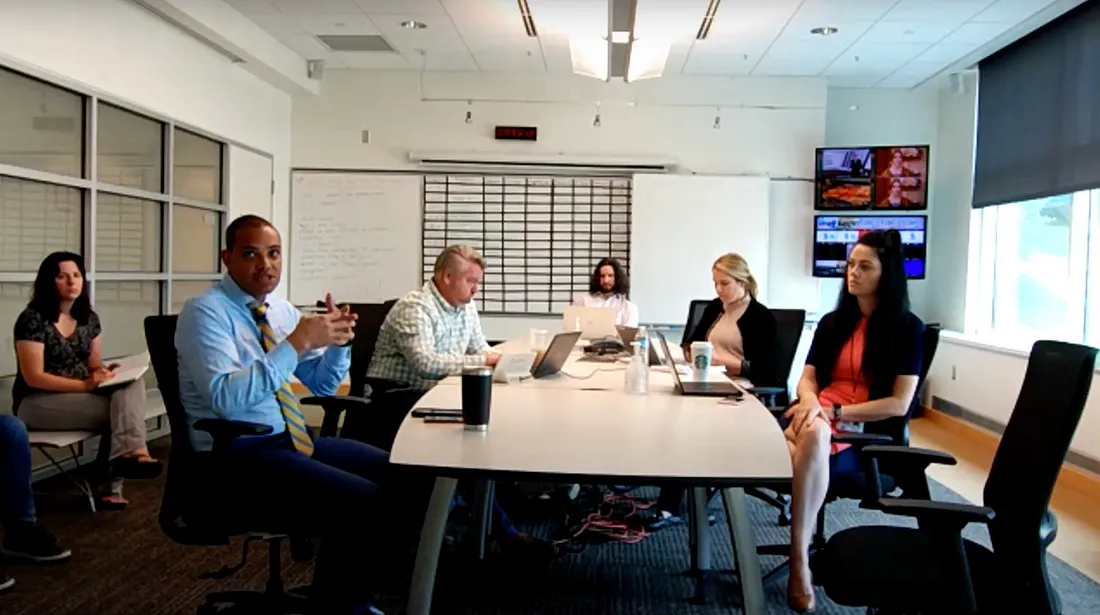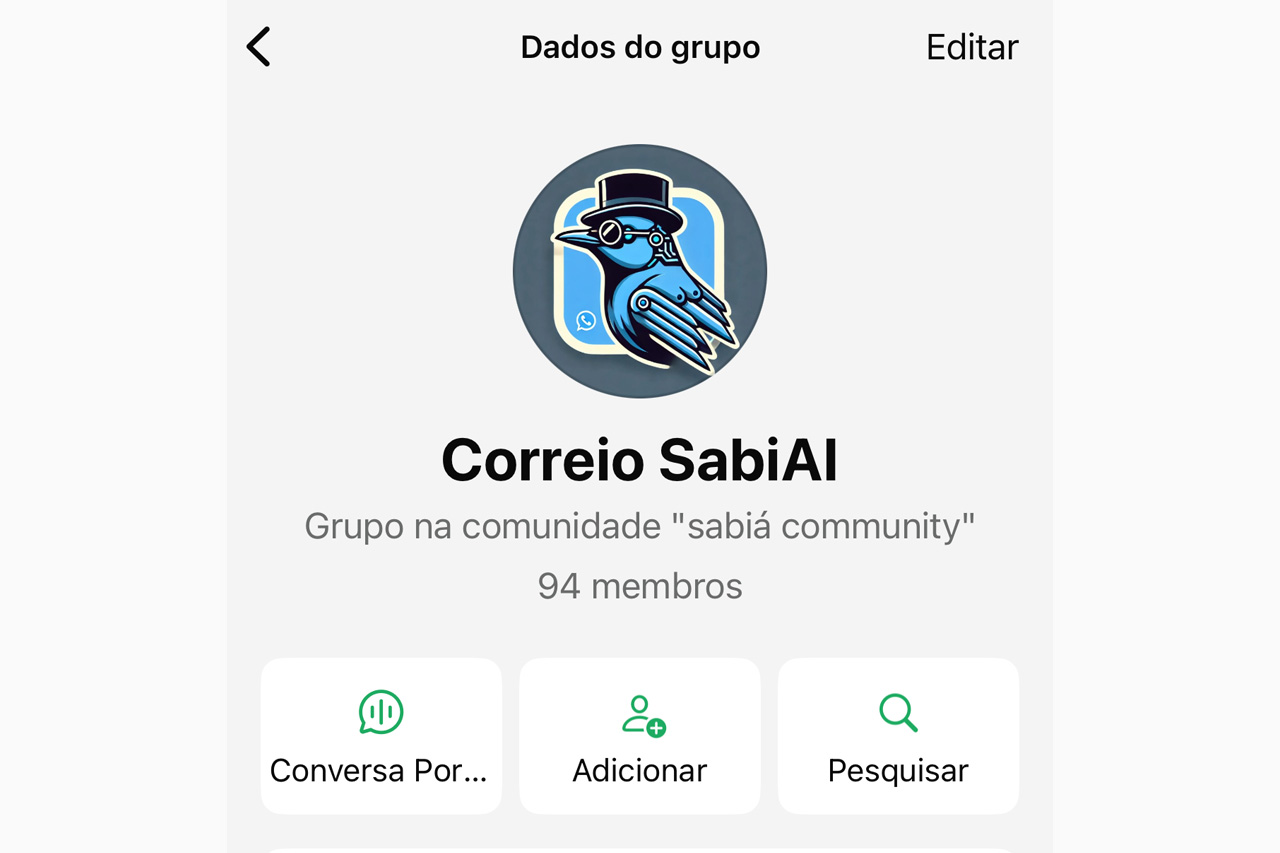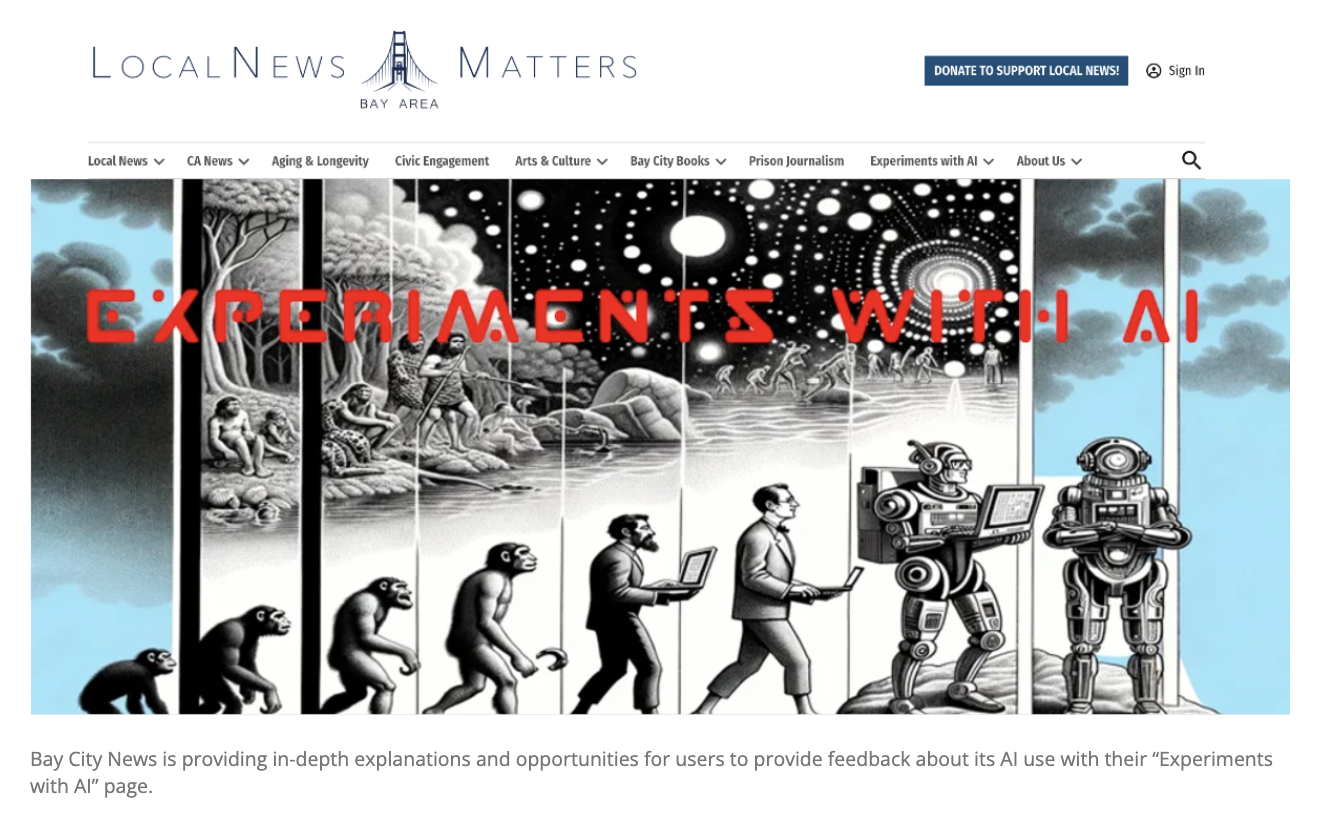
Research with WCPO helped unlock insights into how TV news stations could rebuild trust with their audience by having them attend a morning TV news meeting.
Here’s what people with low trust in news learned attending a morning TV news meeting
At Trusting News we know audiences notice what stories get covered by news organizations and pay particularly close attention to the stories that don’t get covered.
As journalists, we know a lot of the decisions we make around story selection happen intuitively. We have conventions we follow about what’s newsworthy and what’s not. We have big-picture fairness we’re trying to achieve when it comes to who and what gets attention. We know what stories we did last year and try not to repeat them. But, most news organizations do not have a strict rubric to follow about what’s “news.” Our definition is loose, and it’s often dependent on circumstances and resources.
This lack of specifics about how stories are selected leads news consumers to make all kinds of assumptions about journalists’ and newsrooms’ motivations and decision-making, including:
- I bet they didn’t cover that issue because it would have made an advertiser mad.
- They cover crime from this neighborhood more than others because they want to make us look like criminals.
- They cover this school’s sports more often because they’re fans. What about the rest of us?
- They’re covering this issue because it fits their political agenda (an assumption relevant to our Road to Pluralism work).
These (often negative) assumptions do not help build trust with news consumers. Instead, they create a greater divide in the understanding of how news works and continue to allow false, negative narratives, about how journalists do their jobs, thrive.
How important is story selection in building trust?
The importance of explaining story selection is something Trusting News has been focused on since we launched in 2016. Last year, through a series of focus groups, Trusting News and the Center for Media Engagement found that TV newsrooms can build trust with their audiences by explaining why a story is covered, providing additional resources at the end of stories and inviting audience participation.
This year, we decided to dig into the topic once again. We wanted to know if the trust a news consumer has in a news organization would change if they were able to see the story selection process first hand. Working with WCPO, an E.W. Scripps-owned station in Cincinnati and a Trusting News newsroom partner, we recruited news consumers to watch one of three newsroom morning meetings. Keep reading for details about what we did (and how you can do it too).
Here’s what we learned:
- Prior to attending the morning meeting, most participants said they did not know how stories were selected by news organizations, but most had assumptions about the process.
- When asked if they thought story selection decisions were being made locally at WCPO or influenced by someone or something else, most said they thought there was influence from somewhere else, especially when it comes to covering national issues. Participants said they believed there was less influence on local story selection decisions.
- All participants expressed distrusting the “media.” Prior to the morning meeting, when asked specifically if story selection impacts that trust, most participants expressed having more concerns with how a story was covered than which stories were covered.
- After attending the morning meeting, more than half of the participants said they have a more favorable and trustworthy view of WCPO while the others either said they had a similar view and level of trust in WCPO or were still skeptical of the process they watched, questioning its authenticity.
- Most participants expressed being surprised by the number of story ideas the newsroom had to choose from. Several participants specifically mentioned being surprised at the use of social media in finding story ideas.
- Participants expressed wanting more information and clarification about what being an affiliate means and how the relationship between ABC (WCPO is an ABC affiliate) and WCPO works.
- All participants expressed gratitude to WCPO for allowing them to participate in the process. Most said they would want to participate in a longer, more in-depth shadowing opportunity with a reporter or editor.
Other common themes outlined in research and polling about how people feel about the news surfaced during these conversations as well.
Most of the participants discussed or mentioned the importance of wanting “the why.” They said they want to see more in-depth stories about issues (local and national) even if it means covering fewer stories. One participant said, “reporting tends to not go very deep and misses the why…I understand timelines and trying to come up with a SOT, good for TV, but it would be nice to build in more in-depth reporting.”
Themes and common complaints from our Road to Pluralism work came up too. Participants complained about how the news overgeneralizes and does not cover religion enough. They also said journalists make it seem like it is always one side against another when instead the reality is more complicated.
Lack of understanding about story selection process
Prior to attending the morning meeting, most participants said they did not know how stories were selected by news organizations, but most had assumptions about the process. Those assumptions included:
- The mainstream media is very tilted to the left. If a story puts those on the left in a good light they will go with that story. If it puts Republicans and conservatives in a bad light they will push that story.
- It’s kind of a popularity thing. Not in a negative aspect but it’s about what is going to draw viewers and readers to a website.
- The owner of the network or staff at the top picks the angle they want, and that’s what is done.
- It’s based on what journalists perceive to be the important events of the day/week.
- The number one focus is finding something that is going to have an impact on the demographic the newsroom is trying to reach.
- Journalists pick stories they think their viewers would want to see; stories that would improve their ratings. In some cases, news organizations pick news stories that advance an agenda they want to advance.
Who has influence over story selection?
In addition to being asked how they think news organizations choose stories, participants were asked if they thought story selection decisions were being made locally at WCPO or influenced by someone or something else. Most said they thought there was influence from somewhere else, especially when it comes to covering national stories.
Prior to the morning meeting participants said the following:
- I think probably for the most part they are based somewhere else.
- Most local news stations are owned by conglomerates, and conglomerates want to get their views out. So you will see news stations report the same thing word for word, almost like it is a script they are given.
- I do not know how it works but I would assume national stories that come from ABC (WCPO is an ABC affiliate), come from there and flow from there. Local is their own choice though.
- I think national news stories are influenced by affiliate headquarters.
- I think on local news, your producers and editors have more authority and leeway to make their own decisions.
- I think they are made locally. Local topics, local issues
After attending the morning meeting, participants were almost unanimous in their belief that decisions about which local stories are covered were made locally. Most still said there was influence from outside WCPO when it came to national coverage, though. Participants also expressed wanting more information and clarification about what being an affiliate means and how the relationship between ABC (WCPO is an ABC affiliate) and WCPO works.
In the post-meeting conversations, most participants said they learned something new about how a newsroom operates. Several made comments about the meeting itself, being surprised by its casualness and comparing it to their own work meetings.
Specifically, the participants mentioned:
- This was not unlike a meeting that we would have had at work about who is working on what and when are you going to do it.
- Happy to hear and see that someone is actually looking at social media and other websites to find stories and see if they are pertinent. That was encouraging.
- I appreciated the opportunity. They appeared to really make an effort to make sure both sides were represented. I think that should be done for any story.
- It’s kind of obvious, but you guys have really tight deadlines. It’s impressive how you are able to put it all together.
- Interesting to see where story ideas come from. I had no idea. My impression was you predominantly get new information and new leads from people calling in or emailing and have some established sources. But the use of social media was interesting,
- It surprised me how few people were there.
- I wanted to compliment everyone about how they are able to pull this together even though they are not meeting face-to-face. That was a surprise to me.
- I was surprised by how many competing demands for attention. Hundreds of emails from various sources wanting coverage and time. It also occurred to me how much power you have. Whether or not you ignore it or go after it. It’s what you think is important.
- Impressive. It seemed like a lot of information was going around the room. Very professionally run, but at the same time casual. The air was not stale, everyone was comfortable.
- The casualness surprised me. Where I work it is stuffy at times. I thought it was professional but comfortable. Everyone seemed to be enjoying their work and could speak up if they wanted.
- I thought it was interesting. They had a lot of information coming in. I thought they would go out to get more information but they have hundreds, maybe thousands of pieces of information coming in. It’s kind of shocking but very interesting. I did not think they had that much information coming in.
Story selection and trust
When asked if story selection impacts whether or not they trust a news organization (and specifically WCPO), most did not mention story selection as something that influences their trust in a news organization during the pre-meeting conversations. Instead, the participants expressed a general distrust in “media” (and some of WCPO’s coverage) and said it is how a story is covered that impacts whether or not they trust a story or news organization.
The participants mentioned:
- I do not trust very many news organizations at all. I do not have full faith or trust in them.
- There are some stories, especially on the political side, that will come across as biased. Not sure if it is intentional or not but they just read that way.
- The more in-depth a story is, the more likely I am to trust them because I have more confidence in what they are presenting.
- If it is a controversial topic, I better see both sides. How it is being covered is going to matter more to me than what stories are covered.
- If a controversial topic I want both sides presented. Do not downplay one side or the other. If they are wrong, call them out on it. Present balanced views.
- I trust what they are saying but I would not say I give them any more trust than any other news source.
- Trust is one of those things you really have to earn. I do not think I would ever trust one news source in order to form an opinion. I do have confidence in the local news and I believe in 90% of what they report.
After attending the morning meeting, more than half of the participants said they have a more favorable and trustworthy view of WCPO while the others either said they had a similar view and level of trust in WCPO or were still skeptical of the process they watched, questioning its authenticity.
Specifically, the participants mentioned:
- I do believe there is bias in the newsroom. Did I see anything during the time I watched? No, I didn’t. I do not know how you could do something like that, that was not scripted. They knew they were on the Zoom call with me. It’s not quite a fly-on-the-wall experience when they know they have outsiders observing. In those cases you are always going to be on your best behavior, watch what you say and chances are you may script it for the circumstances.
- I would say my criticism is the same as it was before, as I predicted it would be. When it comes to a station in Cincinnati, I would trust them over anyone else.
- I started watching them (WCPO) more, so yes, I view them more favorably and more trustworthy.
- I feel a little bit better about them. I did not have a hugely negative opinion about the local stories they were choosing to begin with so I would say it helped in a positive way. It wasn’t like the clouds opened and the sun came through though. But, I have faith in the local people.
- I have a more favorable view as a result of having seen how hard they work, how hard it is to put it together and how they are being bombarded with requests for coverage by so many competing agencies and organizations. A lot of squeaky wheels having to respond to. This did increase my trust in WCPO.
- I would say this increased my trust. I was not very skeptical before this but I definitely think my trust has increased. I have been looking at the website more than I normally did. It definitely increased my confidence.
- I liked what was discussed in the meeting. It made the news seem a little more personal. I feel differently about WCPO in a positive way.
What’s next
While this mini-focus group with nine news consumers isn’t going to provide all the answers, I think it demonstrates and reinforces several key things.
- Inviting the public into our news process is valuable. No participant expressed having a bad experience. Even the most skeptical person said he would like to follow someone in the newsroom for an entire day. Participants thanked WCPO and Trusting News for the opportunity and continued to ask questions about how news works during their post-meeting conversations. People who participated also said they learned new things. Some of what they said they learned is very basic: News organizations have tight timelines to put stories together, news organizations have a lot of story ideas to choose from and news organizations use social media to find story ideas and see what the community is talking about.
- There is an appetite for understanding how news works. Most of the participants wanted to continue learning about WCPO’s process after their post-interview with Trusting News. There was a suggestion from a participant to lead a version of “take your kid to work day” but instead have it be “take the public to the newsroom day.” Two participants suggested a reporter shadowing opportunity, where they get to follow a reporter from the inception of the news story (when it is presented in the morning meeting) all the way until it airs. They would see how sources are selected and be there for interviews and the writing and editing process. Another wanted to follow around the producer and news managers making final decisions and ask them “why?” Another said he wanted his kids to participate in something like this.
- Talking about how and why we tell stories is important. We wanted to specifically focus on story selection and how what we choose (or choose not to cover) may influence trust in news. This has shown me that while talking about story selection is important, it alone is most likely not going to move the needle in a positive direction toward rebuilding trust. People value the “how” in our reporting and want journalists to explain their decision-making. How a story is put together, including the sources we use, how much air time we give people and how in-depth the coverage is, influences a person’s likelihood to trust news coverage. (Trusting News has more tips and advice on how to do this in lesson three of our “How Any Journalist can Build Earn” course.)
- People want in-depth coverage. I cannot tell you how many times I have heard people say this, how many times I have read research saying this or how many times I have heard newsrooms say they will do this. My only question is: As an industry are we finally willing to do it? Yes, it will probably mean fewer stories are covered. Yes, it will probably mean longer stories on TV. And yes, it will probably mean experimenting with different formats for a newscast, website, podcast, etc. But, can we try it already (I mean really try it, not do two newscasts a year that go in-depth into an issue) and see what happens? Also, are we willing to make it really obvious when we’re doing it, by drawing attention to it and explaining why we’re making the investment in the topic and why doing so is consistent with our values? And can we please make sure that reporting stands out from daily coverage, especially on our websites and social media feeds?
- The industry should do more of this. If we can answer more people’s questions about how news works, I think we can take steps toward rebuilding trust in news. Of course, that is not all it is going to take, but I think it’s an important step to take. Let’s be transparent with the public about how we do things and then let them see first hand. Maybe we do more focus groups like this? Maybe these conversations become more longer-term where we check in with a group of sources or community members through newsletters or social media once a week? A few times a month? Could a newsroom commit to having a rotating journalist bring in one guest a month?
If you are doing similar work I would love to see links or set up a time to talk about any ongoing work in this area. And if you want to brainstorm an idea you have, I would love to hear from you: Lynn@TrustingNews.org.
How these focus groups worked
WCPO recruited individuals to participate by contacting a list of people who had previously participated in a survey project with the newsroom and expressed low levels of trust in news.
Of those recruited a total of nine people participated, which involved:
- Participating in a short conversation with Trusting News (via Zoom) prior to attending a WCPO morning meeting.
- Attending a morning meeting. (The meetings took place via Zoom due to COVID-19 protocols in the newsroom. Participants did not all attend the same meeting. In total there were three meetings where at least one participant observed the news process.)
- Participating in a short conversation with Trusting News (via Zoom) after attending a WCPO morning meeting.
The goal of the conversations prior to the morning meeting was to gain insight into what each participant thought about general story selection, WCPO’s story selection and how both related to their likelihood to trust news organizations. The goal of the conversations after the morning meeting was to see if the participant’s perception of news organizations and WCPO changed after attending the morning meeting and to generally gain insight into what they thought of the story selection process in a local TV newsroom. (The specific questions we asked during the pre-and-post conversations are listed at the end of this post).
Before each morning meeting started, participants were introduced to newsroom leaders who would be running the meeting and organizing the daily news coverage. The journalists explained their role in the newsroom and briefly explained how a morning news meeting works. The newsroom then began the morning meeting while the participants watched. After the morning meeting ended, the same newsroom leaders stayed on the call to answer questions from the participants.
The following questions were asked during the pre-morning meeting conversations:
- Talk to me about how you think news organizations select which stories to cover.
- Do you think story selection decisions are being made locally at WCPO? Or influenced by something or someone else? (Some of this may come up in the first question)
- What do you think about the stories WCPO covers? Do you agree with their selections? Wish they covered other types of stories or topics?
- Does story selection impact what you think about WCPO as a news organization?
- Do the stories they choose to cover/not cover make you trust them more/less?
The following questions were asked during the post-morning meeting conversations:
- What did you learn from this experience? Any surprises? Anything unexpected?
- After experiencing this, now talk to me about how you think news organizations select which stories to cover. Did anything you previously thought change?
- Do you think story selection decisions are being made locally at WCPO? Or influenced by something or someone else?
- What do you think about the stories WCPO covered? Did you agree with their selections? Wish they covered other stories or topics?
- Does story selection impact what you think about WCPO as a news organization?
- Do the stories they choose to cover/not cover make you trust them more/less?
At Trusting News, we learn how people decide what news to trust and turn that knowledge into actionable strategies for journalists. We train and empower journalists to take responsibility for demonstrating credibility and actively earning trust through transparency and engagement. Subscribe to our Trust Tips newsletter. Follow us on Twitter and LinkedIn. Read more about our work at TrustingNews.org.

Assistant director Lynn Walsh (she/her) is an Emmy award-winning journalist who has worked in investigative journalism at the national level and locally in California, Ohio, Texas and Florida. She is the former Ethics Chair for the Society of Professional Journalists and a past national president for the organization. Based in San Diego, Lynn is also an adjunct professor and freelance journalist. She can be reached at lynn@TrustingNews.org and on Twitter @lwalsh.


